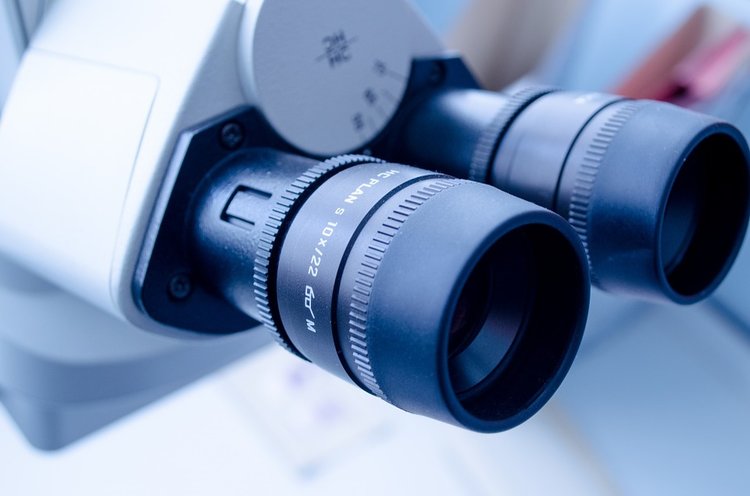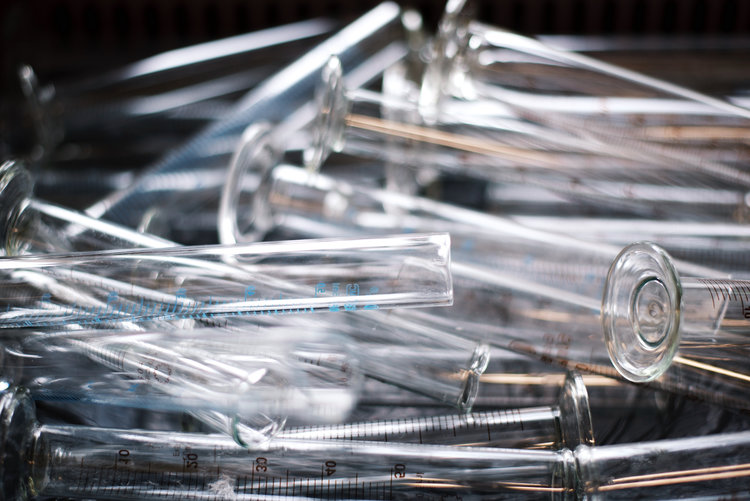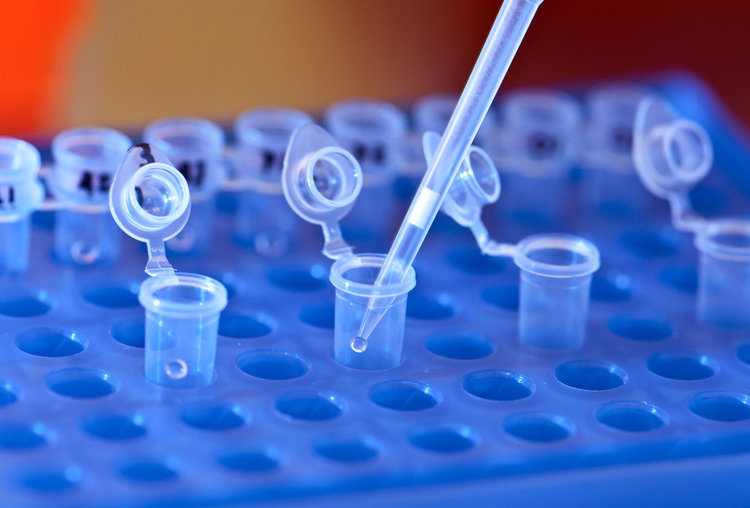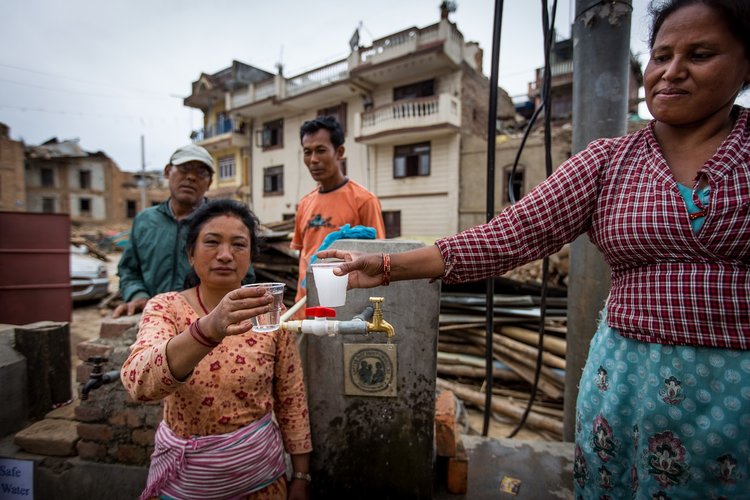Lab test Water
APPLICATION NOTE: LABORATORY WASTE WATER TREATMENT.
TEAM: PURALYTICS
Every day, analytical, medical, bioscience, and research laboratories create wastewater that needs to be treated before it can be disposed of. Puralytics has developed an effective water treatment system which can reduce hazardous contaminants from laboratory wastewater.
Puralytics has developed an effective water treatment system which reduce hazardous contaminants from laboratory wastewater. This can be enable safe discharge to municipal or on-site treatment works.
The Puralytics Shield 1000 is a photochemical water treatment system. The system used the power of light from LEDs and a robust photocatalyst to reduce a broad range of contaminants from water.
In a recent trial, laboratory wastewater was processed using a flowrate of 50L/hr. The Shield reached very high removal rates for a variety of contaminants in the wastewater stream enabling the laboratory to meet their regulatory requirements.
Nepal
TEAM RODDENBERRY FOUNDATION.
SITE DHARMASTHALI, NEPAL.
In April of 2015 Nepal suffered two earthquakes that devastated the countryside. There was an immediate need for water, food and shelter. A single water purification system developed by Infinitum Humanitarian Systems, IHS called a Disaster Shield was deployed to this village.
The villagers participated in the set-up and installation of the Disaster Shield. They were proud of their efforts and enthusiastic about getting to drink the clean water. The burden of boiling the old water was relieved.
Once the water system was set-up, the villagers could both see and taste the improvement in the treated water over the old boiled water they previously had to drink.
The test results from THW - German Federal Agency for Technical Relief, showed that the source water in Dharmasthali was highly contaminated with Enterococci, Escherichia coli, and Total Coliforms (131, 300 and 2000 TCU/100 mL respectively). Due to the poor water quality, diarrhea rates were high and child growth was stunted. The treated water, on the other hand, had microorganism levels near zero thereby meeting the WHO Guidelines for Drinking-water Quality.






